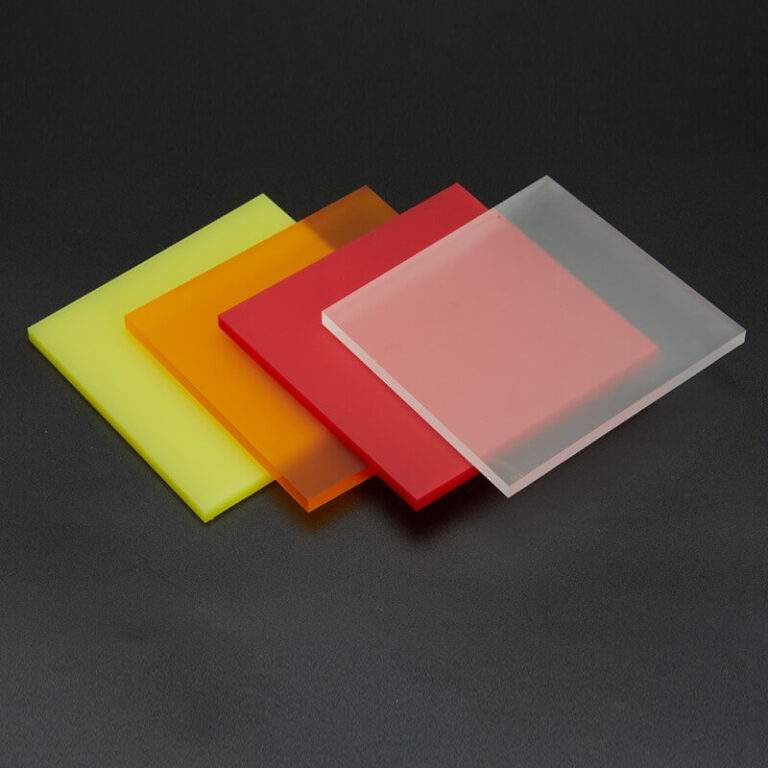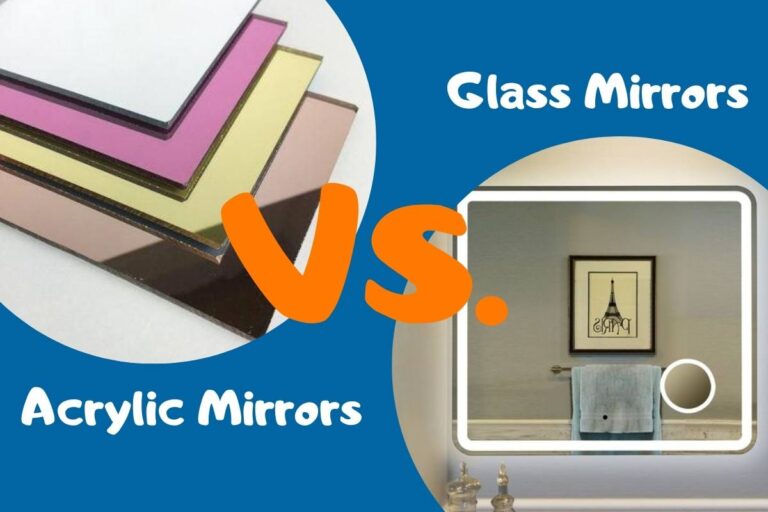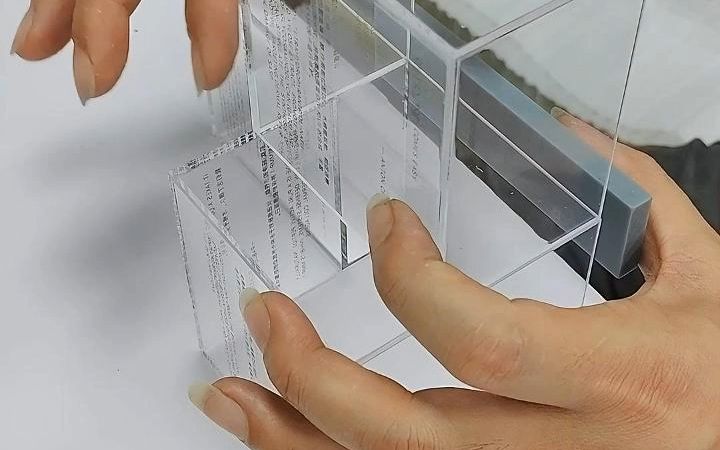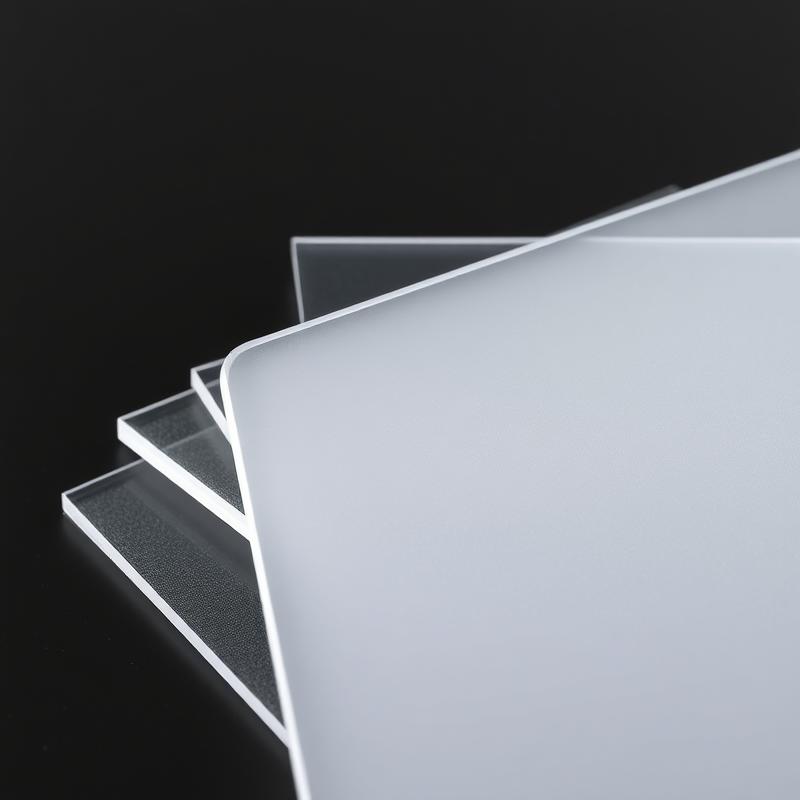-
Xinqi Development Zone, Leliu, Foshan, Guangdong
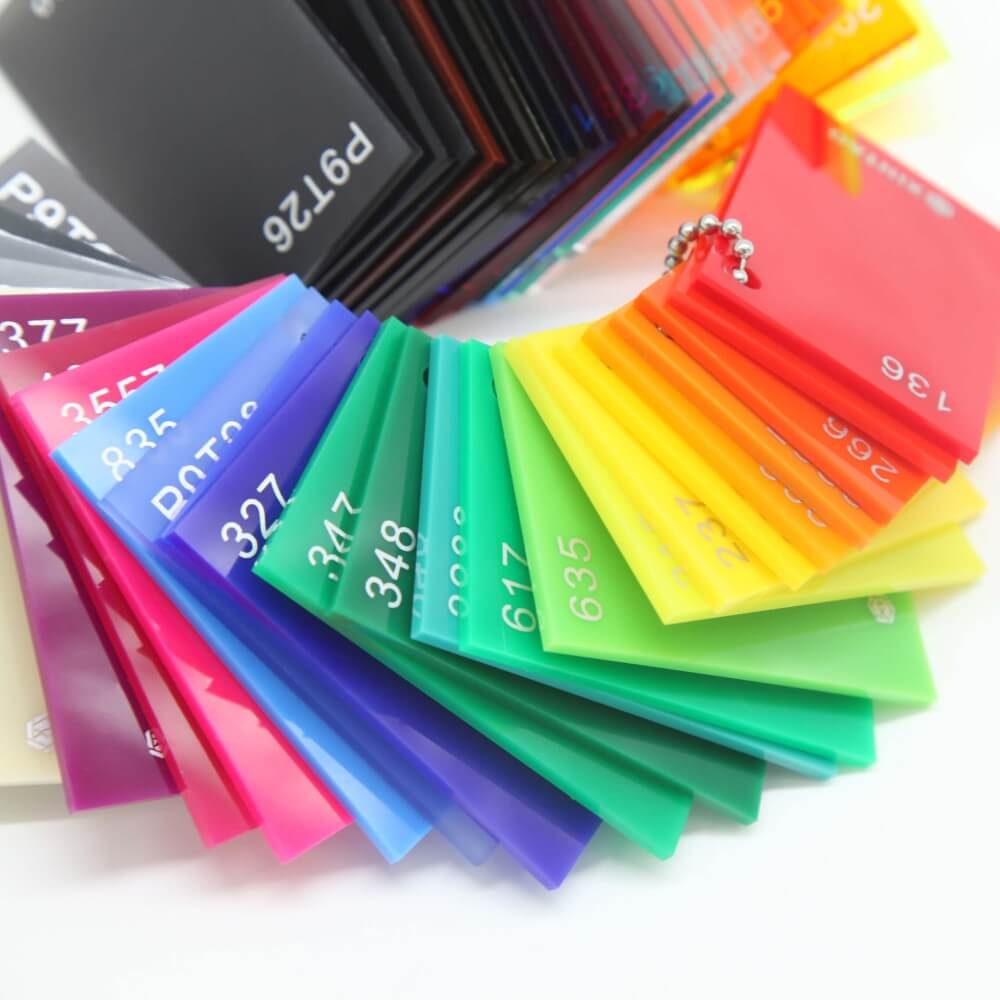
5 Strategies to Create High-Conversion Acrylic Sheet Color
Table of Contents
Introduction: The “Visual Economy” Value of Acrylic Boards
In the digital age of scarce attention, acrylic boards have become a powerful tool for brands to create spatial memory points with their plasticity. According to Grand View Research data, the global acrylic board market will reach US$6 billion in 2023, of which design-driven demand will increase by 32%. This article combines material science and consumer psychology to analyze how to double the value of acrylic products through color strategies, surface treatment technologies and transparency combinations. At the end of the article, there are links to authoritative industry resources to help Google SEO optimization.
1. Color design: accurate communication from function to emotion
Argument: The selection of acrylic colors must take into account both physical properties and emotional value
- Argument 1: Pure color acrylic (such as Pantone’s annual color “soft peach”) can increase the perception of spatial temperature by 12% (“Color Psychology Application White Paper”), which is suitable for medical and educational scenarios.
- Argument 2: Gradient color technology is achieved through multi-layer lamination technology, such as the “rainbow gradient acrylic wall” used in Apple’s flagship store, which increases customer flow by 18% (Retail Design Institute case).
- Argument 3: Fluorescent colors, with the support of UV curing technology, have a nighttime visibility of three times that of ordinary materials, becoming a new favorite for outdoor advertising (3M Optical Laboratory data).
2. Surface treatment: How tactile experience leverages consumer decisions
Argument: Surface texture is the key tactile touch point to increase product premium
- Argument 1: Glossy surface treatment increases light reflectivity to 98%, which is suitable for luxury display cabinets (Louis Vuitton 2023 window design report).
- Argument 2: Matte etching technology can reduce fingerprint residue by 75%, and has been applied by Samsung Electronics to high-end home appliance panels.
- Argument 3: Innovative “micro-prism” surface treatment increases the light refraction angle by 40%, helping IKEA LED lamp sales increase by 27%.
3. Transparency Revolution: Redefining Space Boundaries
Argument: Transparency grading creates dynamic visual hierarchy
- Argument 1: Fully transparent panels with 92% transmittance are used in Apple store stairs, reducing the accident rate by 41% (Journal of Building Safety).
- Argument 2: 50% haze translucent panels are used in office partitions, increasing employee concentration by 22% (Steelcase office space research).
- Argument 3: Smart dimming acrylic (patent number US2023178962A1) achieves 0-100% transmittance switching through electronic control.
4. Cross-border application: The “breaking circle” equation of acrylic board
Argument: Material innovation gives birth to emerging application scenarios
- Argument 1: The penetration rate of antibacterial coated acrylic board in the medical field has increased by 15% annually (Frost & Sullivan report).
- Argument 2: Conductive ink printing technology makes acrylic the core material of interactive devices, such as 35% of the components in the TeamLab exhibition.
- Argument 3: The lightweight honeycomb structure hollow board reduces the weight of the building curtain wall by 60%, which is a bonus for LEED certification.
5. Sustainable Aesthetics: The Commercial Value of Environmentally Friendly Crafts
Argument: Green Crafts Improve Brand ESG Scores
- Argument 1: Bio-based acrylic (containing 30% castor oil) reduces carbon footprint by 42% and is certified by the EU Ecolabel.
- Argument 2: Water-based UV coatings reduce VOCs emissions by 89%, meeting California Proposition 65 requirements.
- Argument 3: The closed-loop recycling system has achieved a 97% waste recycling rate, and IKEA has achieved full recycling of acrylic products. External link reference: Cradle to Cradle certification standard
Conclusion: The “Second Growth Curve” of Acrylic Design
When material selection is upgraded from functional requirements to strategic tools, acrylic boards are undergoing a transformation from “industrial consumables” to “brand media”. Designers should grasp three major trends:
①Emotional color system construction
②Multi-sensory surface interaction design
③Carbon neutral process innovation.
As the BIMobject platform data shows, the download volume of acrylic models with integrated intelligent parameters has increased by 58% year-on-year, heralding a new blue ocean for digital design.
Call for action: Download the “2024 Acrylic Innovation Application Manual” now, obtain the color Pantone code library and surface treatment process parameter table, and click to visit the Acrylic Design Resource Center.


